
A classic desktop operating system always has icons on the ‘desktop screen’. These desktop icons could include the file manager, the trash bin and the shortcut to various applications.
While installing applications on Windows, some programs ask if you want to create a shortcut on the desktop. That’s not the case on Linux, though.
But if you are a fan of this feature, let me show you how you can add desktop shortcuts to your favorite applications on Ubuntu and other Linux distributions.
Adding Desktop Shortcuts in Ubuntu
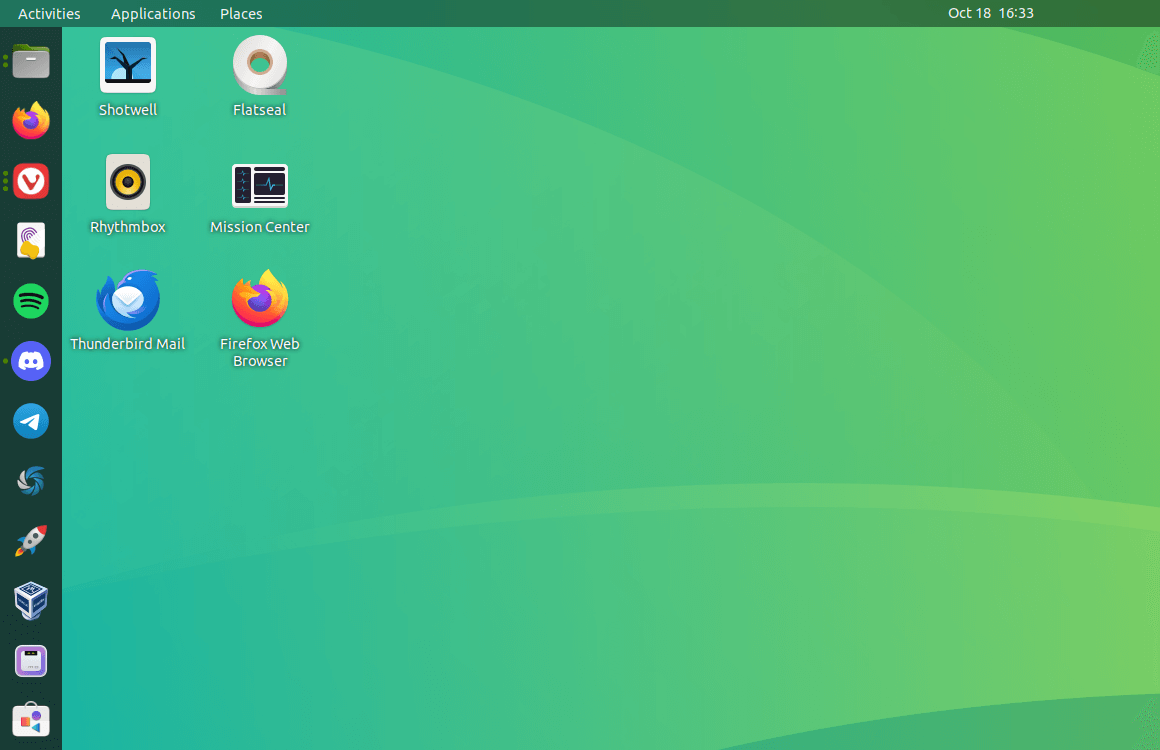
Personally, I prefer the Ubuntu launcher for application shortcuts. If I use a program frequently, I add it to the launcher. But I know not everyone has the same preference, and a few people prefer shortcuts on the desktop.
Anyway, let’s see the simplest way of creating an application shortcut on the Ubuntu desktop.
Step 1: Locate the .desktop files of applications
Go to Files → Other Locations → Computer.
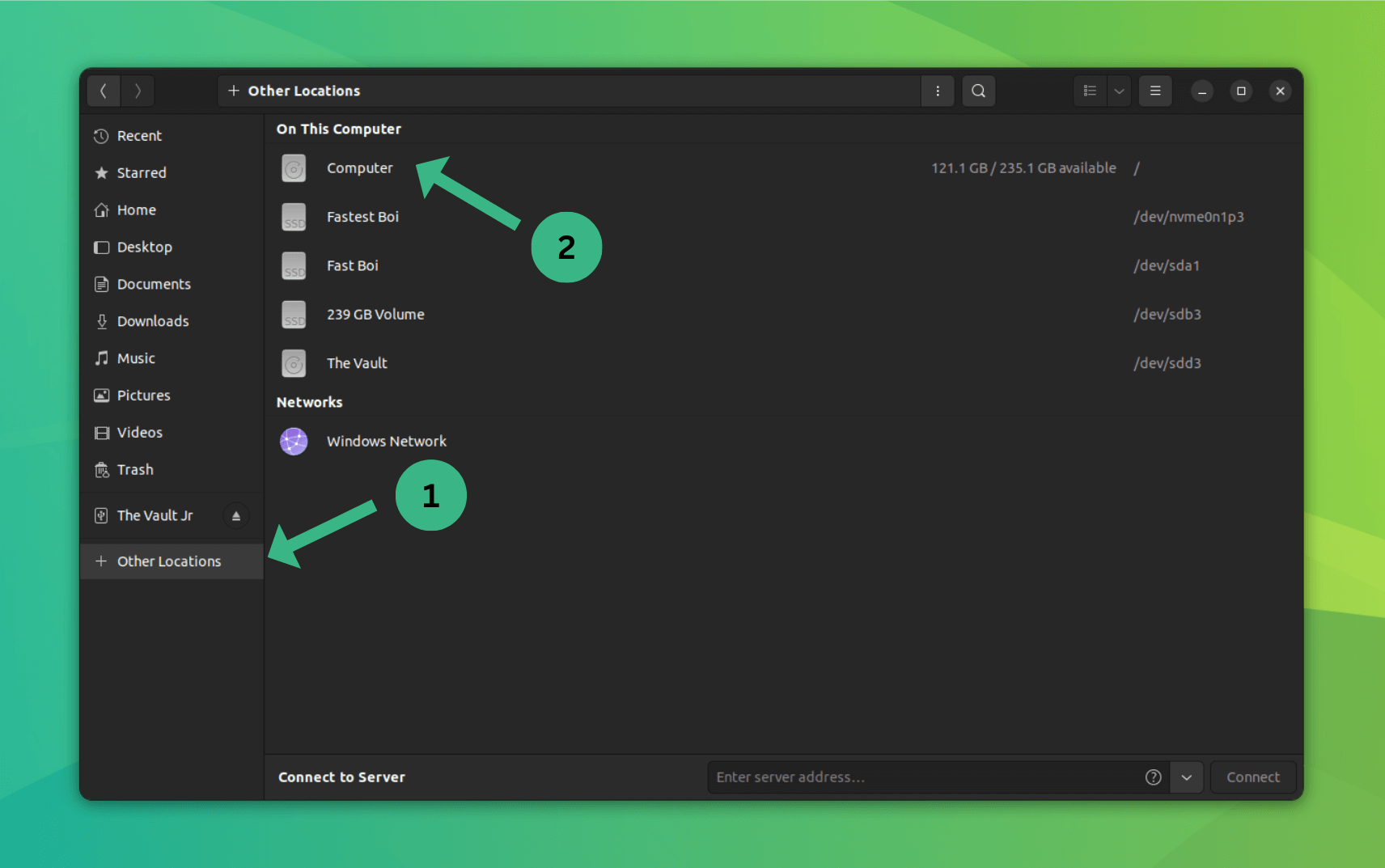
From here, go to the directory usr → share → applications.
You’ll see icons of several Ubuntu applications you have installed here. Even if you don’t see the icons, you should see the .desktop files that are named as application.desktop.
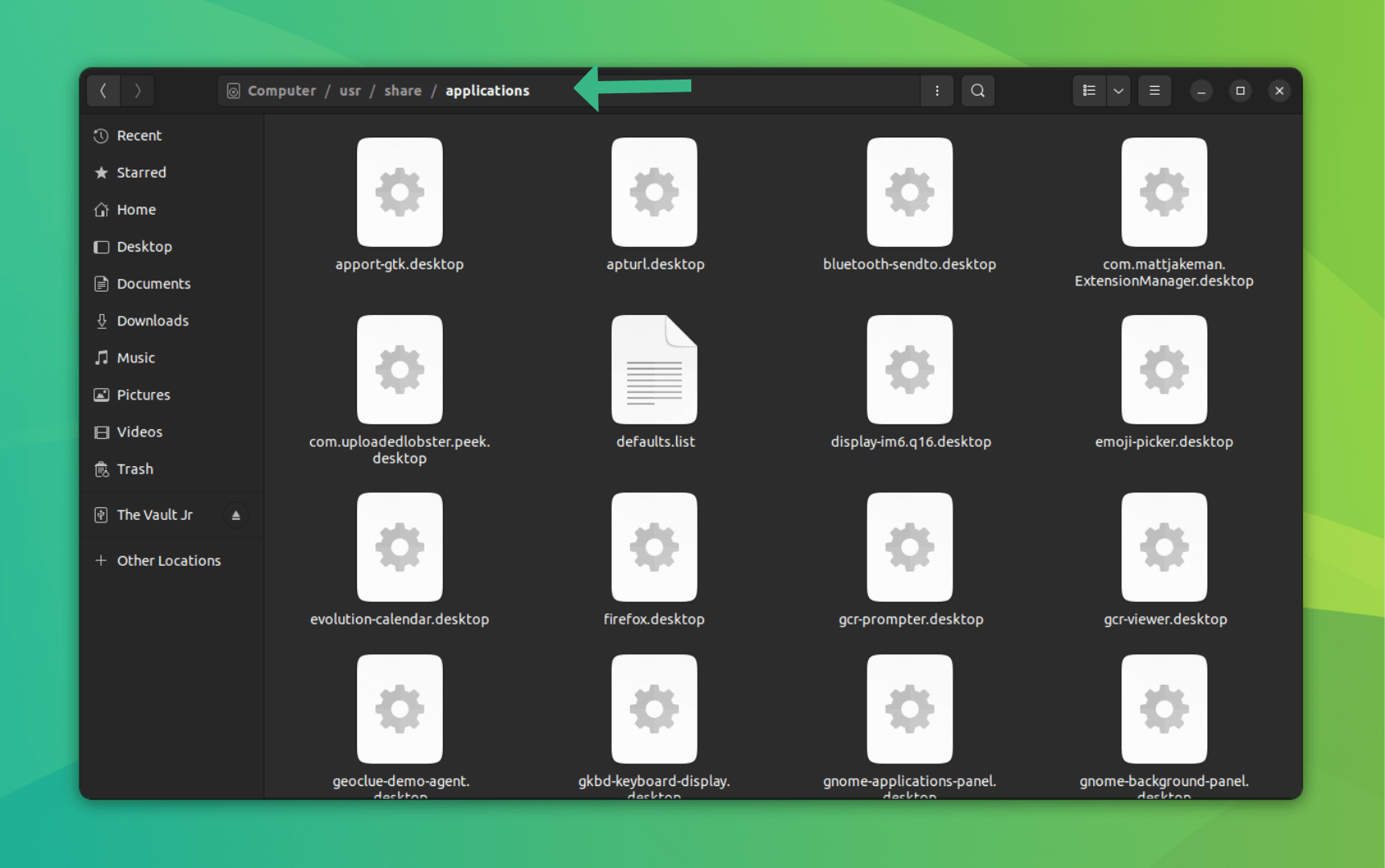
Step 2: Copy the .desktop file to the desktop
Now, all you have to do here is to look for the application icon (or its .desktop file). When you find it, either drag-drop the file to the desktop or copy the file (Ctrl+C shortcut) and paste it on the desktop (Ctrl+V).
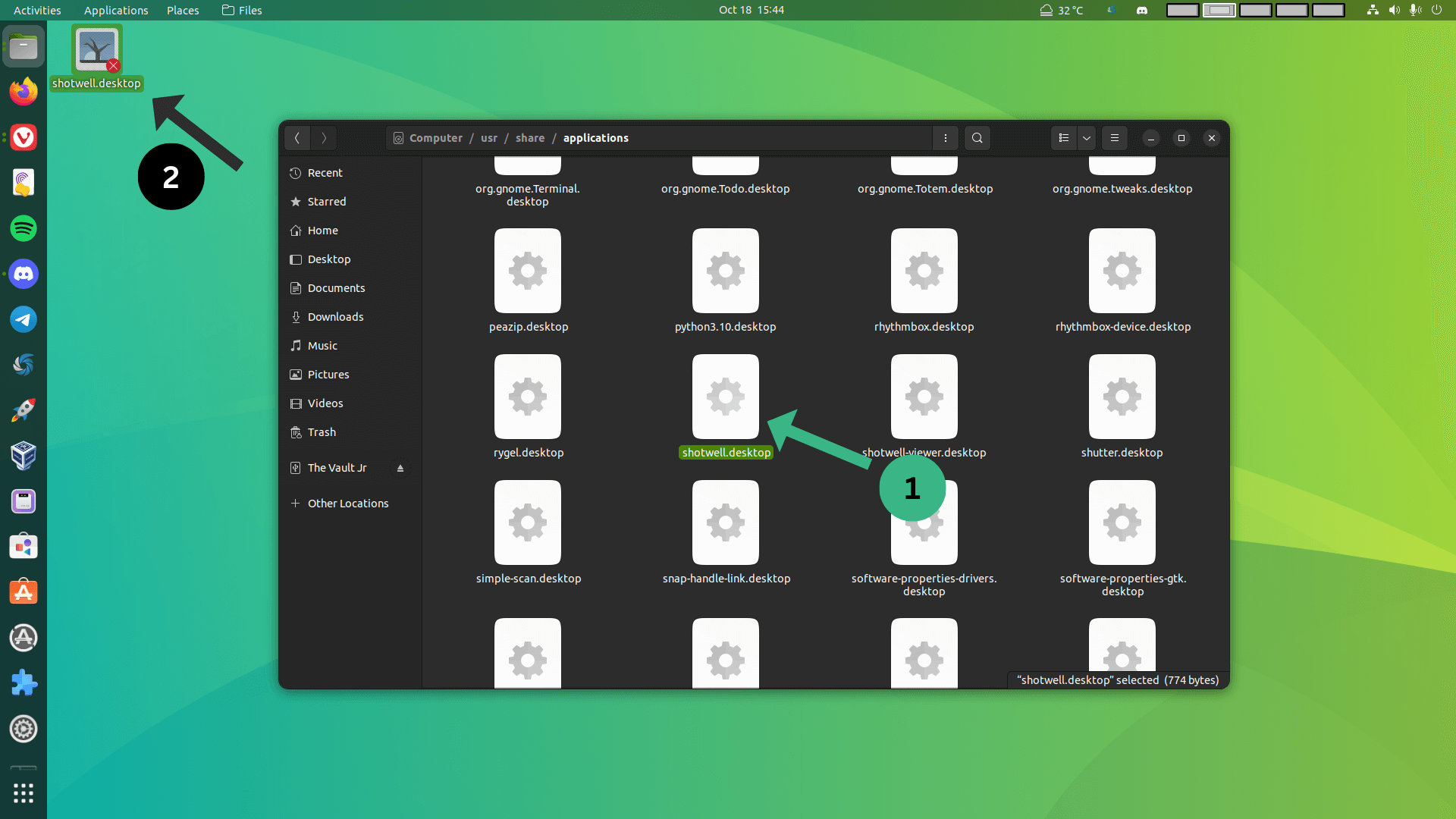
Step 3: Run the desktop file
When you do that, you should see an image file style icon on the desktop instead of the logo of the application. Don’t worry, things will be different soon.
You just have to right-click on the .desktop file and click on “Properties”. In here, allow the file execution permission.
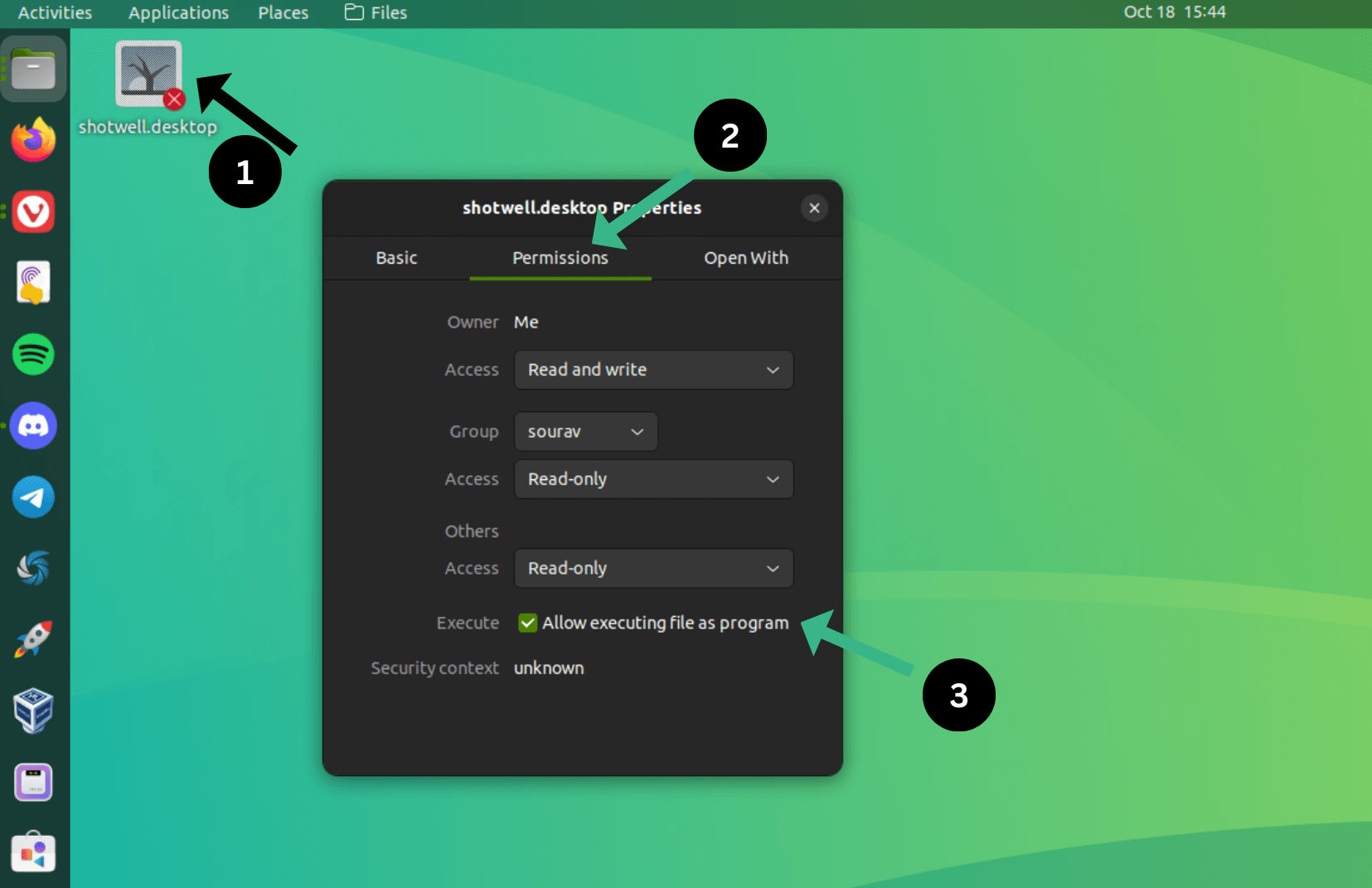
Now, if you right-click on the file, you will find an “Allow Launching” option. Select it, and you will see that the file has turned into an application shortcut.
Next, you can double-click it or right-click on it to hit open to launch the application.
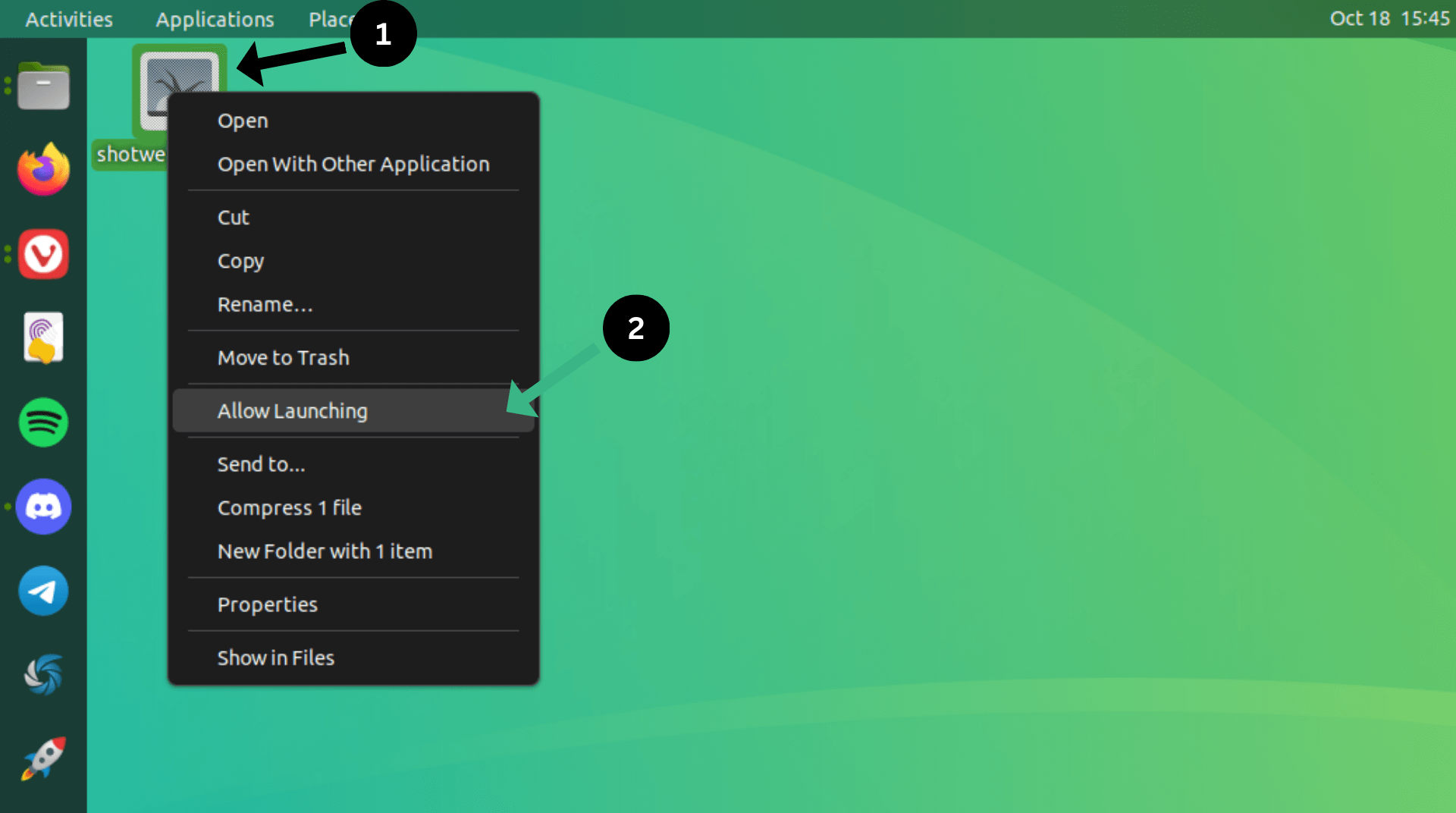
I believe you like the application shortcuts this way, don’t you?
Troubleshoot for Flatpak apps
For users of Flatpak apps, the method is slightly different. The .desktop files are located elsewhere. You can follow this path instead:
First, Go to Files → Other Locations → Computer.
Next, navigate your way to the app directory of Flatpak:
var → lib → flatpak → app.
Thereafter, go into the folder for the app of your choice.
Finally, head into current → active → export → share → applications.
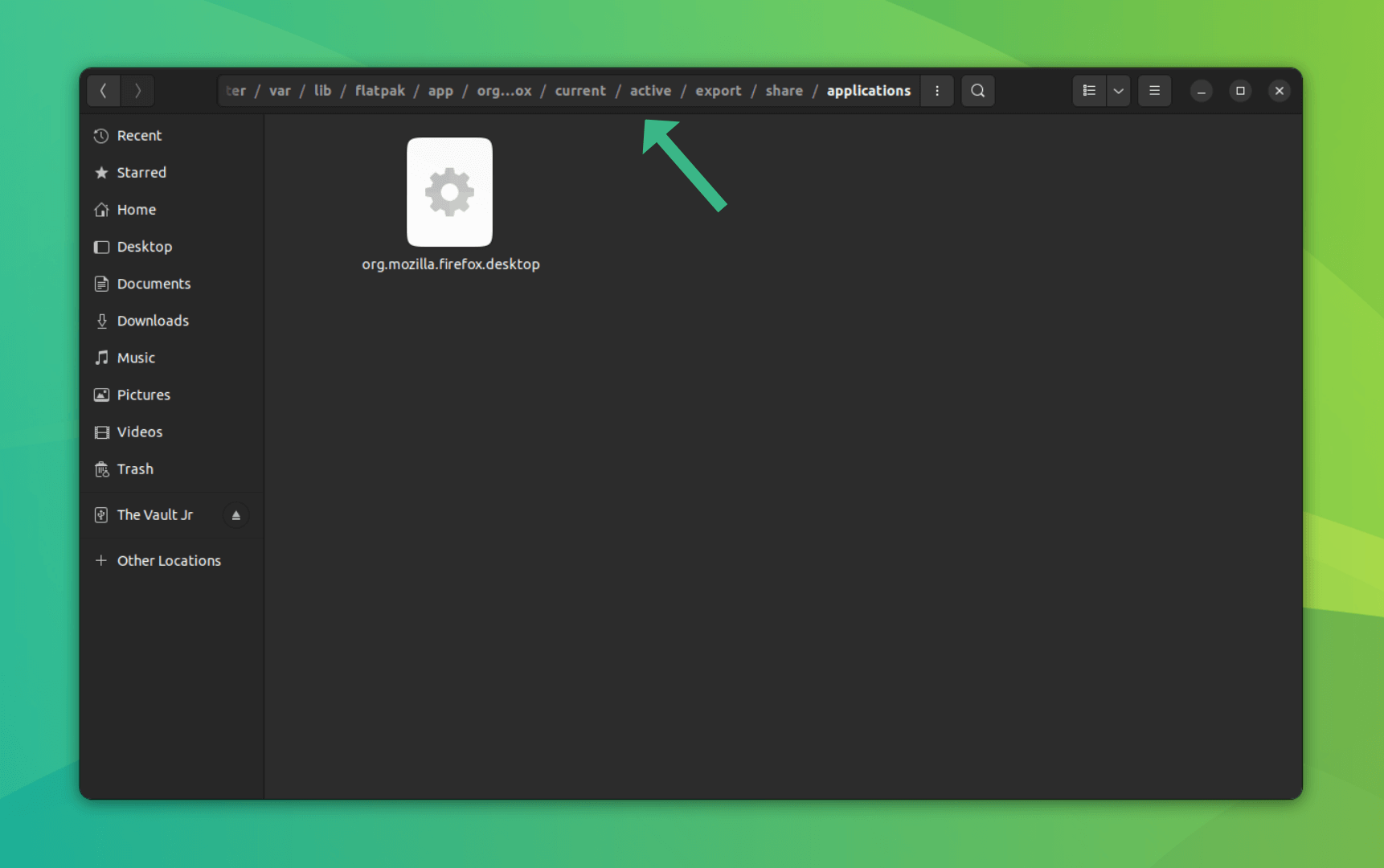
You will find the .desktop file for the app in there. Subsequently, just follow the instructions from 'Step 2' onwards as shown above.
Conclusion
Even if you don’t like a certain app shortcut on the desktop, you can just select it and delete it. It will delete the shortcut, but the application will remain safely in your system.
I hope you found this quick tip helpful, and can now enjoy the application shortcuts on Ubuntu's desktop screen.
💬 If you have questions or suggestions, please let me know in the comments below.

